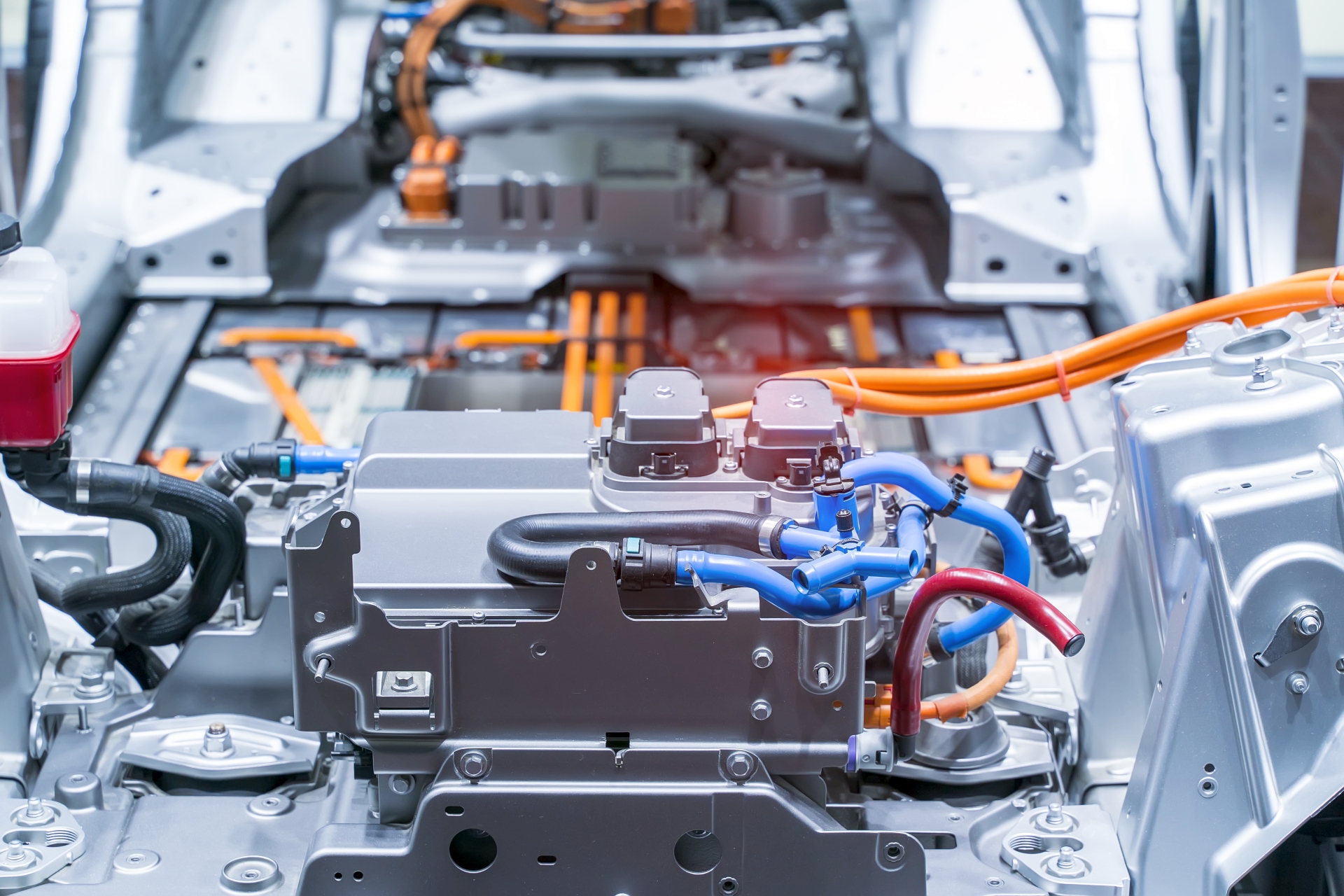In order to perform the tests, the following are required:
- A power supply for HVDC simulating a car battery
- Active or passive load simulating the electric motor in the car
- Interfaces simulating diagnostic data from the electric motor (speed, temperature, status, etc.)
- Data acquisition system (DAQ)
- Power analyzer
- Hi-Pot and insulation resistance tester
- CAN interface
- Higher power inverters require a cooling system (e.g., water)
The most common thing to do when testing an inverter is:
- HVIL test
- HVDC calibration
- IGBT calibration for different operating points (loads, temperatures)
- Test under full load – maximum output load on AC motor
- Safety tests (HVDC circuit discharge, Hi-Pot test and insulation resistance measurement)
- Communication, calibration and programming over CAN bus
See our sequencer software
